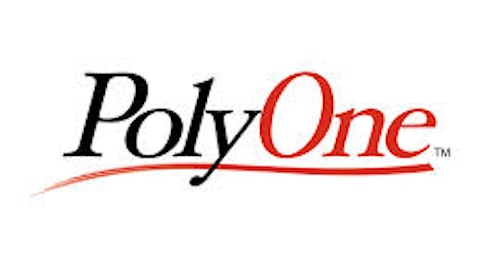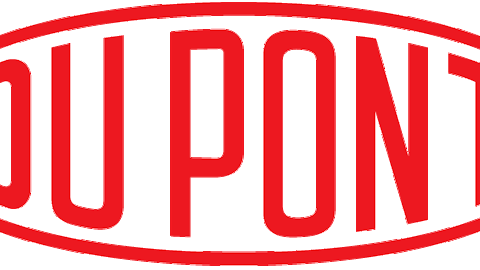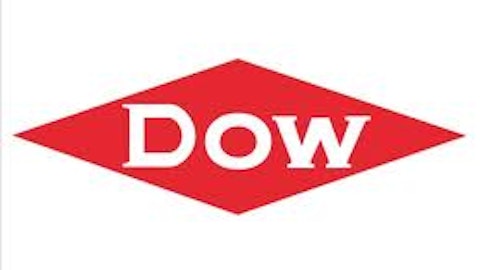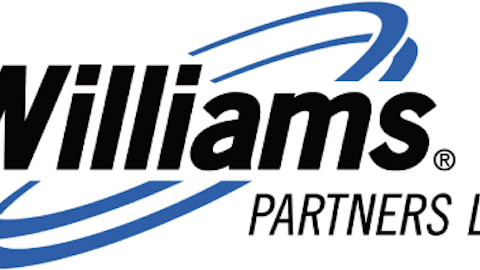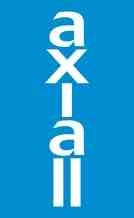
Chlor-alkali products such as caustic soda accounted for about 60% of its 2012 revenues, while building products and aromatics contributed the remaining revenues for Axiall Corp (NYSE:AXLL). Among the world’s largest producers of chlor-alkali products, it is a beneficiary of both the shale gas boom, and the housing market recovery. These two drivers could make it a solid consideration for your portfolio.
Cost advantage relative to other global players
According to a 2012 study by IHS, electricity represented 38% of 2012 cash costs for chlor-alkali. With the shale gas boom resulting in lower natural gas prices and reduced electricity costs, Axiall Corp (NYSE:AXLL) and other large producers of chlor-alkai now have a significant cost advantage over their competitors globally.
Firstly, North American producers are now manufacturing chlor-alkali at half the cost of that of their European counterparts. Companies like Axiall Corp (NYSE:AXLL) also have lower manufacturing chlor-alkali costs than Chinese producers relying on coal for their energy consumption. With China and Europe making up close to 60% of the global chlor-alkali capacity, there exists an opportunity for North American producers to gain more market share.
Secondly, value-to-cost ratios are a key determinant of both import competition and export opportunities. For example, North American cement producers are relatively insulated from foreign importation risks, because of the weight of cement makes it uneconomical for transportation over long distances. On the other hand, Axiall Corp (NYSE:AXLL) is well-positioned to benefit from the increase in North American exports, given favorable value-to-cost ratios. IHS forecasts net exports of caustic soda by U.S. producers to grow from two million dry metric tons to three million dry metric tons by 2015, with net exports as a percentage of total demand increasing to 10%.
Two ways to play the housing market recovery
Given that polyvinyl chloride (PVC) is widely used in flooring for homes, the health of the housing market is a key indicator of PVC demand. According to a Bloomberg news article, housing starts increased by 6.8% month-on-month to an annualized rate of 914,000 for May 2013. Management estimates operating rates for the U.S. and Canadian PVC industry to rise above the current 90% level in 2014 and 2015. Axiall should be a beneficiary of this, given its status as the fourth largest PVC producer in North America based on capacity.
Axiall also has a building products business engaged in the manufacturing of window and door profiles and mouldings products, and siding, pipe and pipe fittings. This segment contributed to 18% of Axiall Corp (NYSE:AXLL)’s 2012 revenues. A closely watched indicator for building products is the National Association of Home Builders (NAHB) Remodeling Market Index (RMI). The RMI represents the consensus view of 2,000 residential remodelers regarding future quarterly remodeling market demand. The RMI for the first quarter of 2013 of 49 was the third highest reading registered since 2006.
Financial performance
Although Axiall Corp (NYSE:AXLL) increased quarterly net sales by 28% year-on-year to $1.1 billion in the first quarter of 2013, its adjusted earnings per share of $0.75 fell short of consensus earnings estimates of $1.17. Several small unplanned manufacturing outages and higher prices of ethylene, the raw material used in manufacturing PVC, were the key reasons for the earnings disappointment. Despite this minor setback, I am optimistic that PVC price increases should offset the rise in ethylene costs in the coming quarters.
Peer comparison
Axiall’s peers include Westlake Chemical Corporation (NYSE:WLK) and The Dow Chemical Company (NYSE:DOW).
Westlake Chemical Corporation (NYSE:WLK) is a manufacturer of petrochemicals and fabricated products. It competes with Axiall in the Vinyl Chloride Monomer (VCM) and PVC markets. It is adding chlor-alkali capacity with a plant in Geismar, Louisiana, which has a capacity of 350,000 electrochemical units and is expected to start in the fourth quarter of 2013. Westlake Chemical Corporation (NYSE:WLK) registered record quarterly earnings per share of $1.84 for the most recent quarter, representing a 39% year-on-year increase on the back of higher selling prices and lower feedstock costs. Its advantage over Axiall is that it is more vertically integrated, supplying some of its own ethylene needs. Despite this, Westlake Chemical is not as attractive as Axiall Corp (NYSE:AXLL) in terms of valuation, trading at 11.9 times forward P/E, compared with a forward P/E of 8.4 for Axiall.
The Dow Chemical Company (NYSE:DOW) is the largest chemical company in the U.S. and the largest producer of chlor-alkali products globally. The Dow Chemical Company (NYSE:DOW) and Mitsui completed the formation of a 50/50 joint venture for a chlor-alkali facility in Freeport, Texas, at the end of 2010. In line with a muted economic outlook, Dow Chemical’s quarterly sales and volume remained flat for the first quarter of 2013. Going forward, portfolio optimization will be the name of the game, with Dow Chemical setting itself a target of $1.5 billion of sales proceeds from divestitures. I am concerned about Dow Chemical’s agricultural sciences business, which accounts for about one-fifth of its EBITDA, as the fortunes of this segment are closely linked with difficult to predict changes in the weather.
Conclusion
Since its earnings announcement in May 2013, Axiall’s share price has fallen by 37%. As a beneficiary of both the shale gas boom and the housing market recovery, Axiall Corp (NYSE:AXLL) is now valued attractively at a forward P/E of 8.4, making it a worthy investment candidate in my opinion.
The article This Undervalued Company Is Benefiting From Multiple Drivers originally appeared on Fool.com and is written by Mark Lin.
Mark Lin has no position in any stocks mentioned. The Motley Fool has no position in any of the stocks mentioned. Mark is a member of The Motley Fool Blog Network — entries represent the personal opinion of the blogger and are not formally edited.
Copyright © 1995 – 2013 The Motley Fool, LLC. All rights reserved. The Motley Fool has a disclosure policy.
